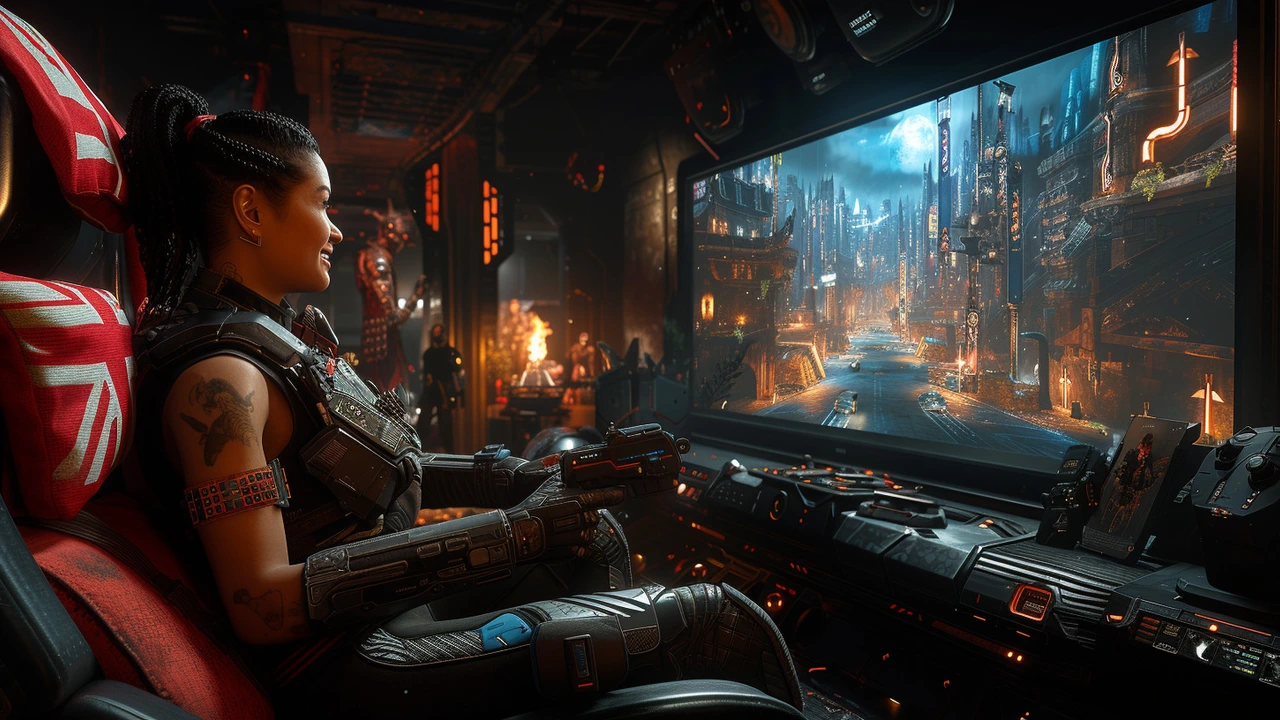
Unlocking the Psychology of Gamers
Delving into the world of video games, it becomes evident that understanding the mindset of gamers is paramount for crafting ads that resonate. Gamers are not your average audience; they're highly engaged, deeply passionate about the digital realms they inhabit, and they have an acute ability to detect anything that feels out of place or intrusive. This unique audience demands creativity and relevance in advertisements. To capture their attention, you first need to recognize the type of game you're dealing with – be it an immersive RPG, a fast-paced shooter, or a strategy-based experience. Each genre appeals to different facets of a gamer's psyche, from the desire for escapism and achievement to the craving for social interaction and competition.
The key here is not to disrupt but to seamlessly integrate. This means creating ads that feel like a part of the game's world, rather than an interruption. It could be as subtle as custom-designed billboards in a racing game's cityscape or as integrated as a quest given by a non-player character that subtly features the product. By tapping into the narratives and aesthetics of the game, ads can become a welcome, even enjoyable part of the gameplay experience. Understanding this psychology and leveraging it to create ads that speak the gamer's language can turn potential resentment into receptivity.
Designing Ads That Enhance the Gaming Experience
When it comes to in-game advertising, less can indeed be more. This is particularly true in terms of how ads are designed and how they interact with the player's experience. The design of the ad must harmonize with the game's visual and thematic elements to avoid jarring the player out of their immersion. This requires a careful balance of innovation and subtlety, ensuring that ads contribute to rather than detract from the game's environment.
A prime example of enhancing the gaming experience through ads is the use of reward-based advertising. Offering players in-game benefits (like currency, items, or exclusive access) for engaging with ads is a mutually beneficial approach. It respects and rewards the player's time and interest while achieving the advertiser's goal of engagement. Furthermore, interactive and dynamic ads, which encourage player interaction without breaking the flow of gameplay, can significantly boost engagement rates. This approach not only respects the player's immersion but also capitalizes on it, creating a positive association with the advertised brand.
The Tools and Technologies Behind Effective In-Game Ads
The technical side of in-game advertising is as crucial as the creative. Leveraging the right tools and technologies can make the difference between an ad that feels like a natural part of the game and one that feels forced. Modern game engines and advertising platforms offer sophisticated solutions for integrating ads without compromising on gameplay quality. Real-time rendering, for example, allows ads to be updated dynamically, keeping the content fresh and relevant.
Ad personalization, powered by data analytics and AI, can significantly increase the effectiveness of in-game advertising. By analyzing player data (with due permission), ads can be tailored to match the interests and preferences of individual gamers. This level of customization not only ensures that the ad's content is more engaging but also enhances the player's sense of immersion by making the game world feel more responsive and alive. Furthermore, the use of VR and AR technologies in gaming offers new creative avenues for advertisers, enabling even more immersive and interactive ad experiences that can captivate gamers in unprecedented ways.
Case Studies: In-Game Advertising Done Right
Learning from successful examples can provide valuable insights into how to craft effective in-game ads. One standout case is the collaboration between a well-known beverage company and a popular multiplayer game. Here, players could interact with branded vending machines within the game, which healed players instead of interrupting their gameplay. This clever integration not only boosted the brand's visibility but also enhanced the game's world, making the advertising feel rewarding and immersive.
Another example comes from a car manufacturer that created an exclusive in-game vehicle model, available only through participating in branded events within the game. This approach generated excitement and engagement among players, firmly associating the brand with positive gaming experiences. These case studies demonstrate that when in-game advertising is approached with creativity, respect for the player, and a deep understanding of the gaming environment, it can achieve remarkable success.








Write a comment